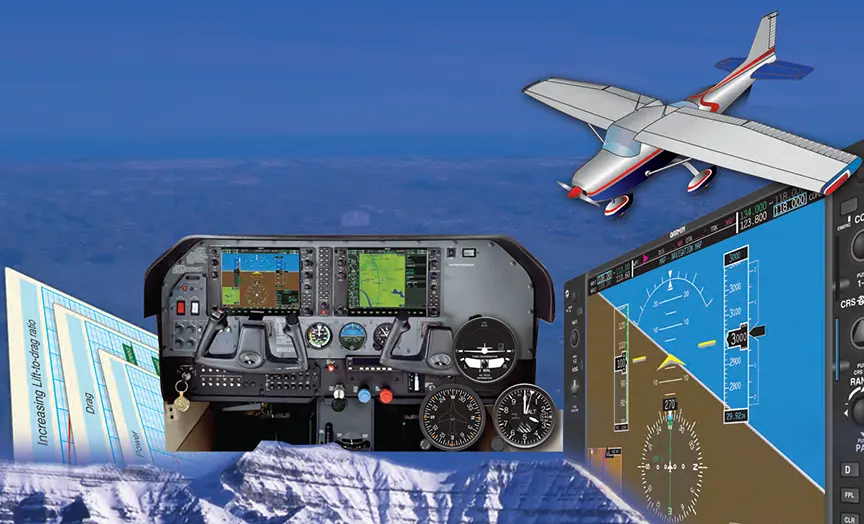Transition to Jet-Powered Airplanes
Airplane Flying, Flying TrainingThis section contains an overview of jet powered airplane operations. The information contained in this section is meant to be a useful preparation for, and a supplement to, formal and structured jet airplane qualification training. The intent of this section is to provide information on the major differences a pilot will encounter when transitioning to […]







